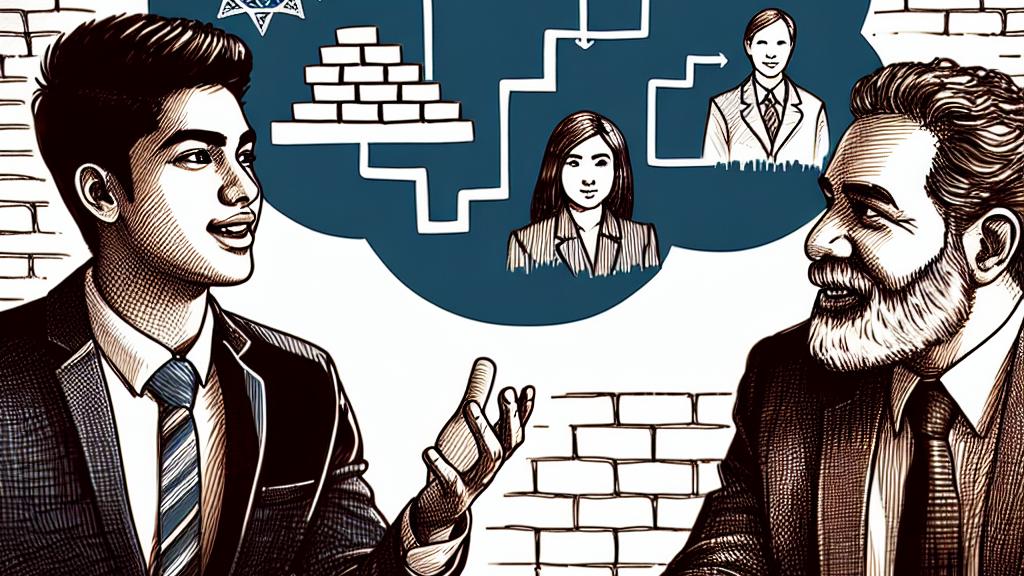How to Handle Situations When Communication Breaks Down
Overview
- Spot the signs of communication challenges in conversations.
- Apply effective strategies to overcome misunderstandings.
- Enhance relationships through improved communication techniques.

Identifying Communication Barriers
Communication breakdowns are not just minor hiccups; they can significantly derail interactions, especially in complex environments like corporate offices. Picture this: a bright-eyed intern nervously presenting an innovative idea to a seasoned executive. The stakes feel high, and misunderstandings can easily arise. It’s crucial to realize that rather than pointing fingers during these moments, we should ask ourselves how we can bridge the gap. Instead of thinking, 'Why can’t they grasp my point?', shift your perspective to, 'What can I communicate differently to ensure clarity?' This simple cognitive shift fosters a collaborative spirit, inviting transparent dialogue and mutual understanding.
Strategies to Improve Communication
To navigate the complex waters of communication breakdowns, several effective strategies can help immensely. Imagine shifting your conversations from bustling group meetings to more intimate one-on-one chats; this change can significantly reduce pressure and enhance the quality of interaction. Plus, consider the setting—meeting at a cozy coffee shop rather than a corporate boardroom can create a more relaxed atmosphere. Furthermore, tailor your approach by leveraging real-life examples that resonate with your audience; for instance, instead of merely discussing budget cuts, emphasize how reallocating resources can optimize project outcomes. This focus not only clarifies your message but also captures the interest of stakeholders.
Building Trust for Better Communication
The bedrock of effective communication is trust, and building it can transform interactions. Start by engaging in light-hearted conversations—these small exchanges lay the groundwork for deeper connections. Think about sharing anecdotes from past projects that highlight teamwork and learning experiences. When people feel a personal connection, they are more willing to engage in open dialogue. As trust grows, the pressure to explain diminishes, leading to more fruitful conversations. Remember, showing genuine empathy can turn a challenging discussion into a constructive one. By adapting your communication style to fit the audience’s needs, you pave the way for an inclusive environment where everyone feels valued and understood.

Loading...